Using the most recent version of VS 2019 Community with SDK 5.0.101
I have created an Editform and I can see on the button submit action that all the properties of the model have valid values.
I created the action method of the onvalidsubmit event as an async Task In this method I perform some custom checks (and return to the form with any errors found).
Once there are no errors I have to send a request to an external site (which is like a black box) I know a little about what it is expecting and what it should return. This url opens as a form so I am trying to create the message with all the parameters needed to get the response (i.e. all entries filled out on the form), which on the form is retrieved via a submit button.
I've looked for a good example and could not find one that answers my how-to-do question.
Here are the steps that I created so far: var client = _clientFactory.CreateClient();
I am not sure if I have to add some value to client.DefaultRequestHeaders.Content
Also, do I need to serialize the parameters (json) or can I just enter values on the call as var request = new HttpRequestMessage(HttpMethod.Get,""https://theuUrlIwanttoget.com"
Do I need a question mark after the .com?
Can I enter the named parameters simulating json i.e. (BTW not sure if they are named or positional so I am keeping the order I saw in some documentation) "{nameparameter1 : value, nameparameter2 : value, etc...}");
Should the values be passed as string "value"? Don't know the inner work of the site so I was going to experiment and check return codes
With another technology like PHP I know that you could embed a 'command = submit' into the parameters and it would trigger the submit button on the URL form. Is there a way to accomplish this with HTTPrequestmessage?
Next the client has to await client.PutAsync(... and I have to read the response.
If someone could direct me to documentation that will teach me how to call a site with parameters so that I could proceed I'd very much appreciate.

